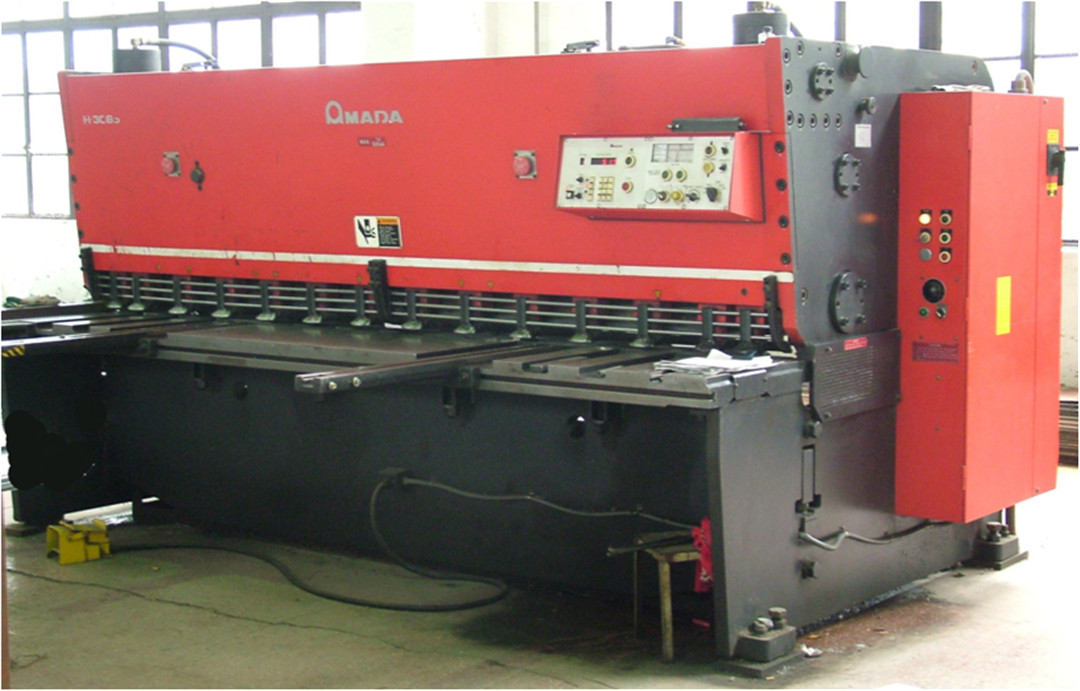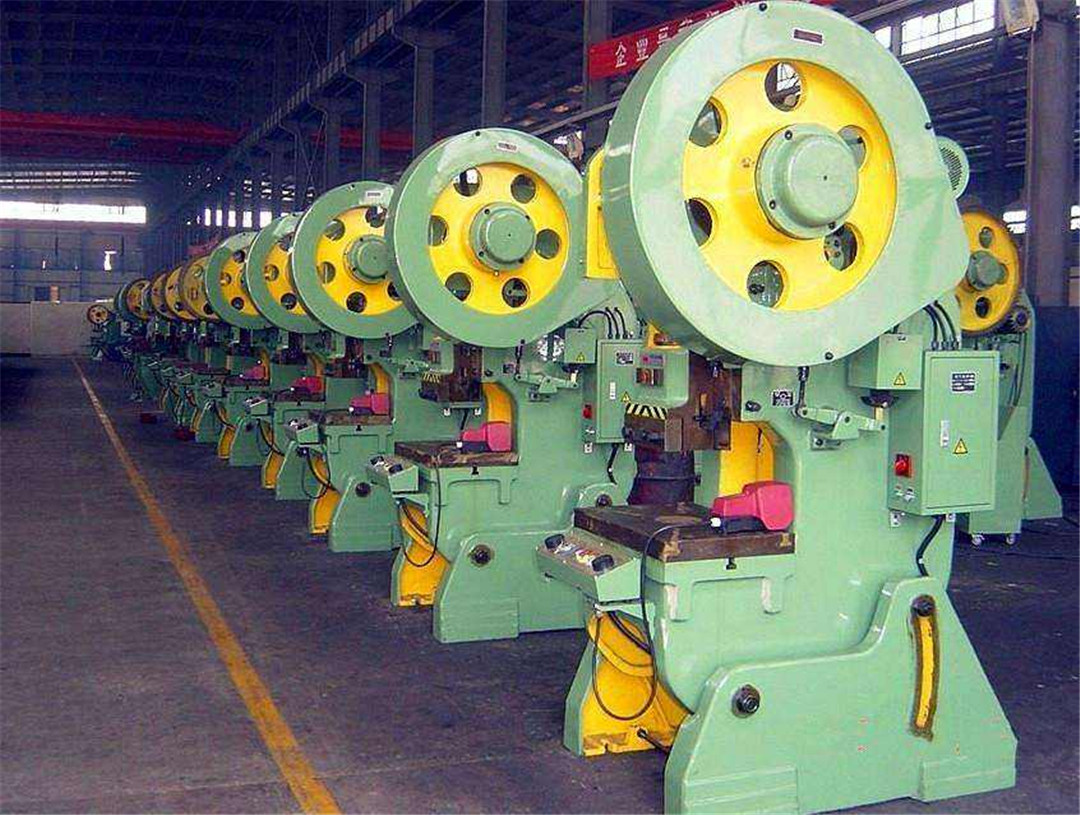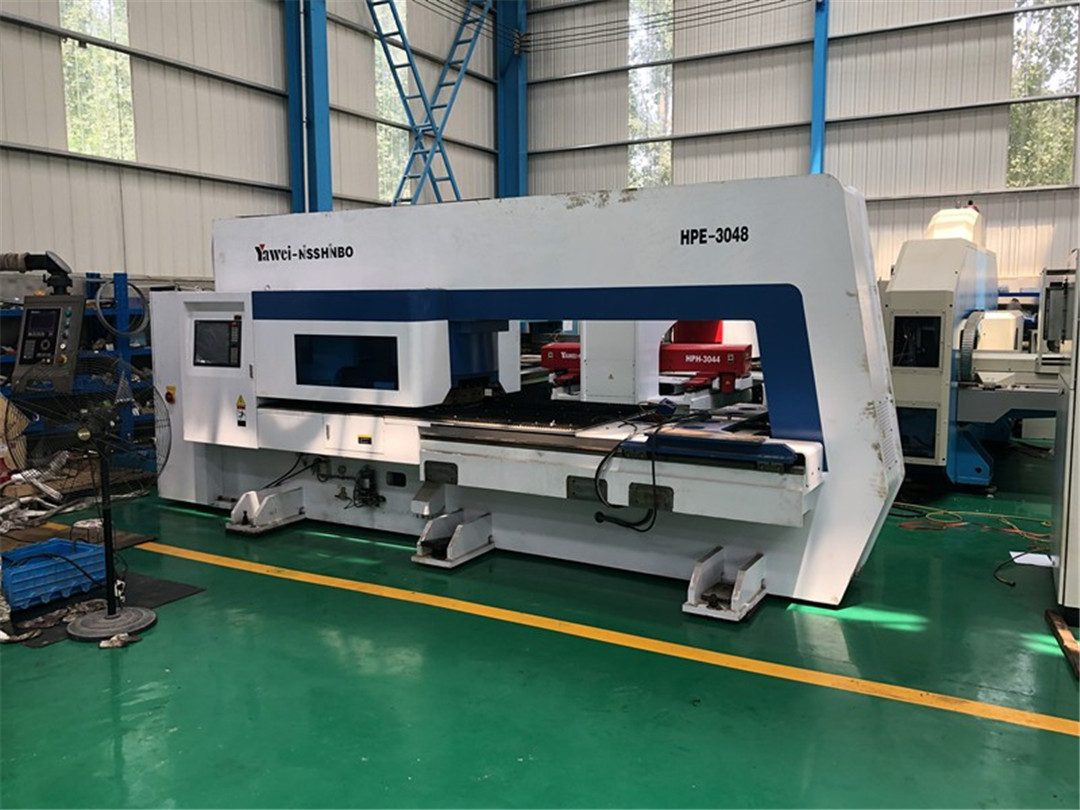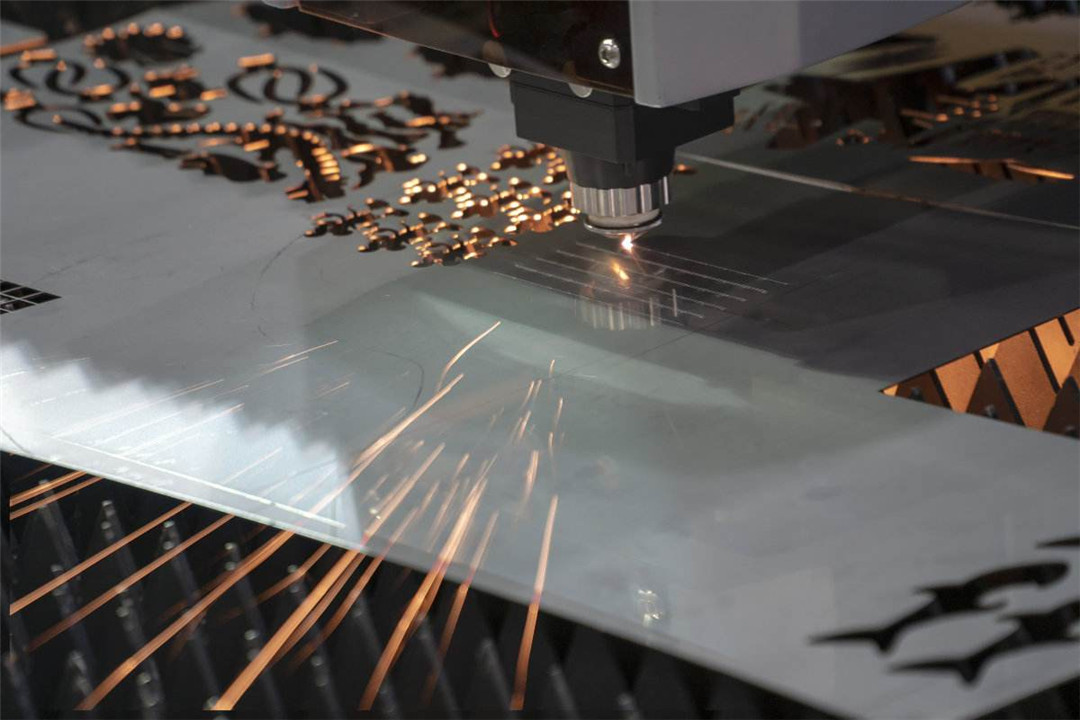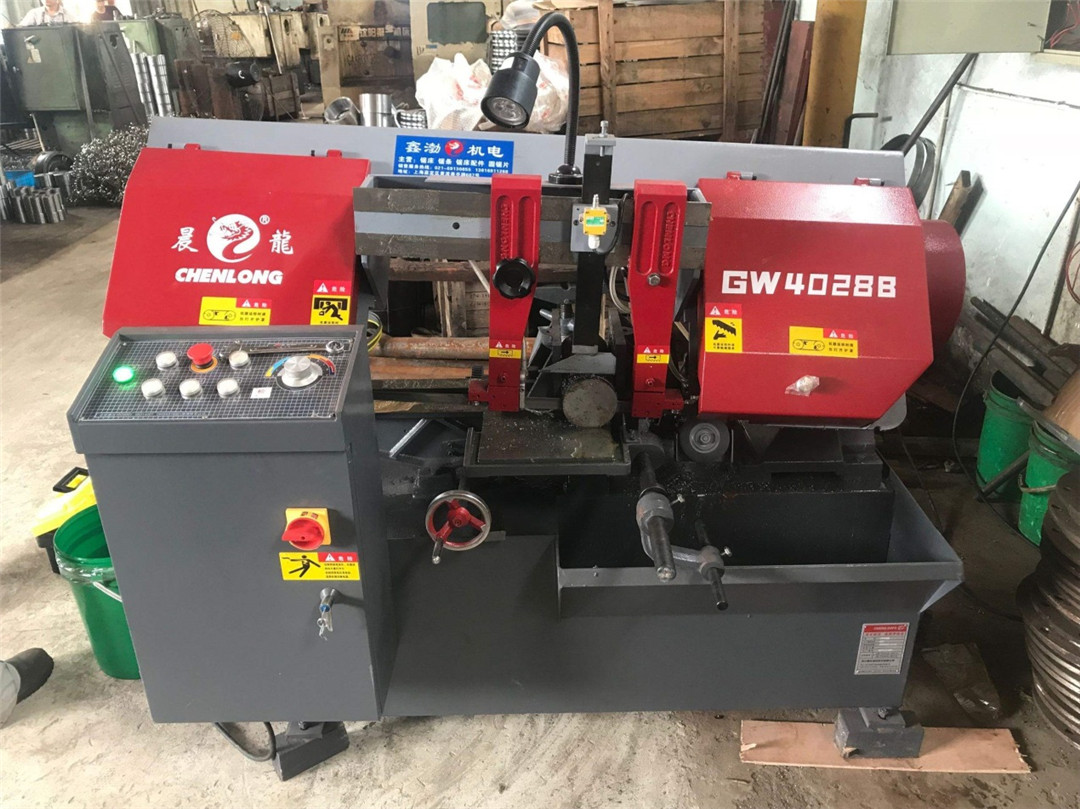1. Plate shears: plate shears are the most widely used plate cutting equipment in various industrial departments. Plate shears belong to linear cutting machines, which are mainly used to cut the linear edges of metal plates of various sizes and to cut simple strip materials. The cost is low and the accuracy is less than 0.2, but it can only process strips or blocks without holes and corners.
Plate shears are mainly divided into flat blade plate shears, oblique blade plate shears and multi-purpose plate shears.
The flat blade shearing machine has good shearing quality and small distortion, but it has large shearing force and large energy consumption. There are many mechanical transmission. The upper and lower blades of the shearing machine are parallel to each other, which is commonly used for hot shearing blooming billets and slabs in rolling mills; According to its cutting mode, it can be divided into up cutting type and down cutting type.
The upper and lower blades of the inclined blade shearing machine form an angle. Generally, the upper blade is inclined, and the inclination angle is generally 1 ° ~ 6 °. The shearing force of oblique blade shears is smaller than that of flat blade shears, so the motor power and the weight of the whole machine are greatly reduced. It is most widely used in practice. Many shears manufacturers produce this kind of shears. This kind of plate shears can be divided into two types according to the movement form of knife rest: opening plate shears and tilting plate shears; According to the main transmission system, it is divided into hydraulic transmission and mechanical transmission.
Multi purpose plate shears are mainly divided into plate bending shears and combined punching shears. Sheet metal bending and shearing machine can complete two processes: shearing and bending. The combined punching and shearing machine can not only complete the shearing of plates, but also shear profiles. It is mostly used in the blanking process.
2. Punch: it uses the punch to punch the flat parts after unfolding the parts on the plate in one or more steps to form materials of various shapes. It has the advantages of short working time, high efficiency, high precision and low cost. It is suitable for mass production, but the mold needs to be designed.
According to the transmission structure, punches can be divided into the following categories:
Mechanical punch: mechanical transmission, high speed, high efficiency, large tonnage, very common.
Hydraulic press: driven by hydraulic pressure, the speed is slower than machinery, the tonnage is large, and the price is cheaper than machinery. It is very common.
Pneumatic punch: pneumatic drive, comparable to hydraulic pressure, but not as stable as hydraulic pressure, which is usually less common.
High speed mechanical punch: it is mainly used for continuous die cutting of motor products, such as motor setting, rotor blade, NC, high speed, up to about 100 times that of ordinary mechanical punch.
CNC punch: this kind of punch is special. It is mainly suitable for machining parts with large number of holes and density distribution.
3. Blanking of CNC punch: CNC punch has high efficiency and low cost. The accuracy is less than 0.15mm.
The operation and monitoring of NC punch are all completed in this NC unit, which is the brain of NC punch. Compared with ordinary punches, CNC punches have the following characteristics:
● high processing accuracy and stable processing quality;
● large processing width: 1.5m * 5m processing width can be completed at one time;
● it can carry out multi coordinate linkage, process parts with complex shapes, and can be cut and formed;
● when processing parts are changed, generally only the NC program needs to be changed, which can save the production preparation time;
● high rigidity and high productivity of punch press;
● the punch has a high degree of automation, which can reduce the labor intensity;
● simple operation, with certain basic computer knowledge, and can be started after 2-3 days of training;
4. Laser blanking: use laser cutting method to cut the structure and shape of large flat plate. Like NC blanking, it needs to write a computer program, which can be used for flat plates with various complex shapes, with an accuracy of 0.1. The efficiency of laser cutting is very high. With the automatic feeding device, the working efficiency can be greatly improved.
Compared with traditional manufacturing technology, laser cutting has obvious advantages. Laser cutting combines highly concentrated energy and pressure, so that it can cut smaller and narrower material areas, and significantly reduce heat and material waste. Due to its high accuracy, laser cutting can create complex geometry, with smoother edges and clearer cutting effects.
For these reasons, laser cutting has become an excellent solution for automotive, aerospace and other metal processing projects.
5. Sawing machine: it is mainly used for aluminum profile, square tube, wire drawing tube, round steel, etc., with low cost and low precision.
For some very thick pipes or thick plates, rough processing and cutting are difficult to penetrate by other processing methods, and the efficiency is low. The cost per unit processing time is relatively high for some more precise processing methods. In these cases, it is particularly suitable for the use of sawing machines.
Post time: Feb-26-2022

